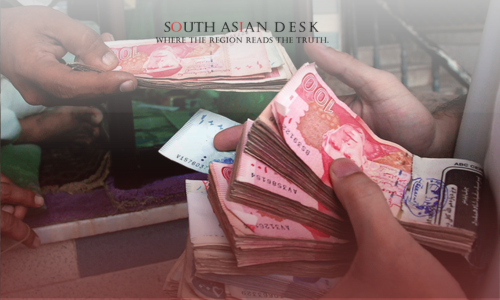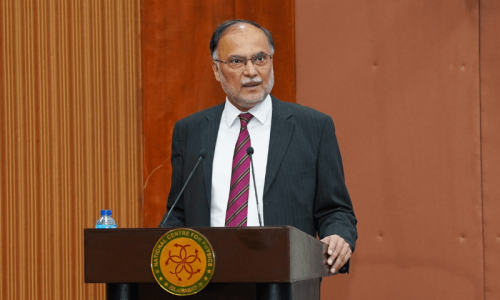Pakistan’s National Assembly passed the Rs17.6 trillion Budget FY 26 on June 27, 2025, prioritizing fiscal discipline to meet International Monetary Fund (IMF) requirements. The budget aims for a 2.4% primary surplus to align with the IMF’s $7 billion funding program and a $1.4 billion climate-resilient facility. It projects a 4.2% GDP growth target and a 7.5% inflation rate, with the Federal Board of Revenue (FBR) tasked to collect Rs14.131 trillion, an 18.7% increase from the previous year.
Key allocations include Rs2.55 trillion for defense, a 20% hike attributed to regional tensions, Rs1.055 trillion for pensions, Rs1.186 trillion for subsidies, and Rs716 billion for the Benazir Income Support Programme (BISP). The Public Sector Development Programme (PSDP) receives Rs1 trillion, focusing on high-impact and near-completion projects. Energy sector funding stands at Rs715.45 billion, with Rs636.9 billion for the Power Division and a Rs1.26 trillion plan to address circular debt over six years. A 10% sales tax reduction on imported solar panels to 10% reflects public pushback against an initial 18% proposal, supporting renewable energy adoption.
The budget introduces a Climate Support Levy of Rs2.50 per liter on petroleum products and maintains tax relief for salaried individuals and businesses. However, the abolition of a 25% tax rebate for teachers and researchers has sparked criticism from academic groups, who warn of negative impacts on higher education. Posts on X highlight public frustration, describing the budget as prioritizing fiscal targets over public welfare, with concerns about Pakistan’s debt burden, where nearly 47% of the budget services debt.
Despite austerity, remittances exceeding $36 billion in FY25 and stable rice exports of 5.544 million tonnes bolster economic resilience. The budget navigates a delicate balance between IMF-driven fiscal consolidation and domestic pressures, with ongoing debates about its long-term impact on growth and public services.
Published in SouthAsianDesk, June 28th, 2025
Follow SouthAsianDesk on X, Instagram and Facebook for insights on business and current affairs from across South Asia.




![Collage of COAS Field Marshal Munir [L] and US President Donald Trump. — ISPR/AFP](https://southasiandesk.com/wp-content/uploads/2025/06/18090415659519a-2.jpg)